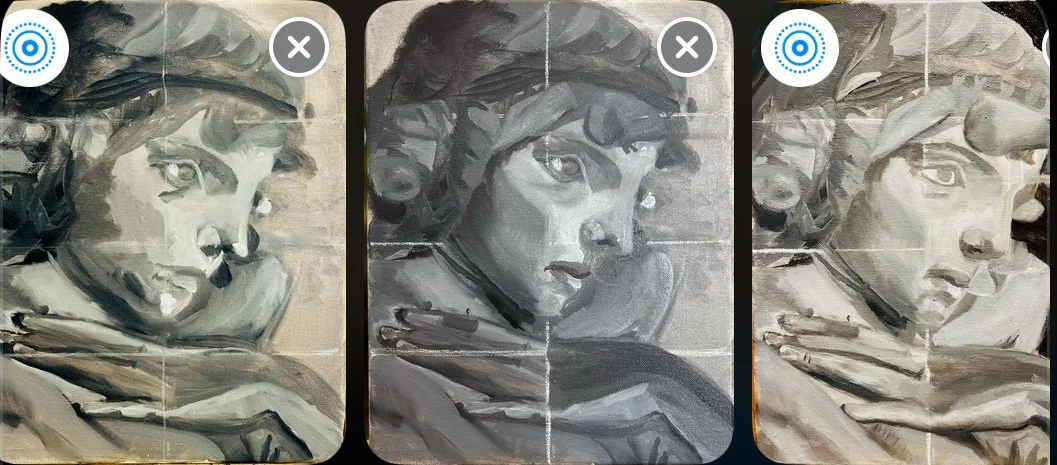
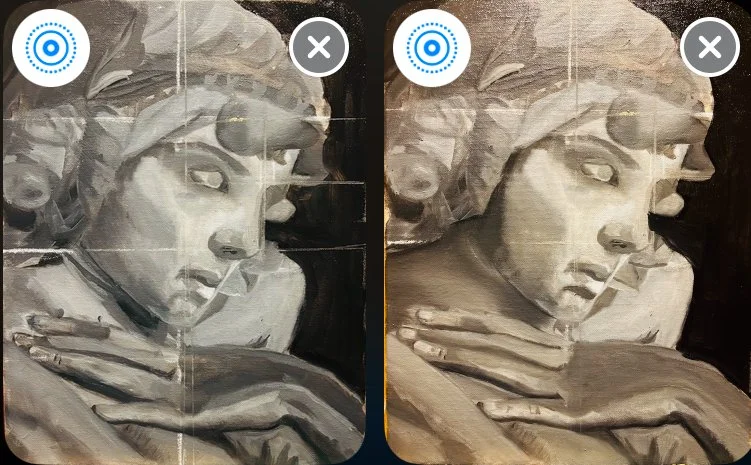
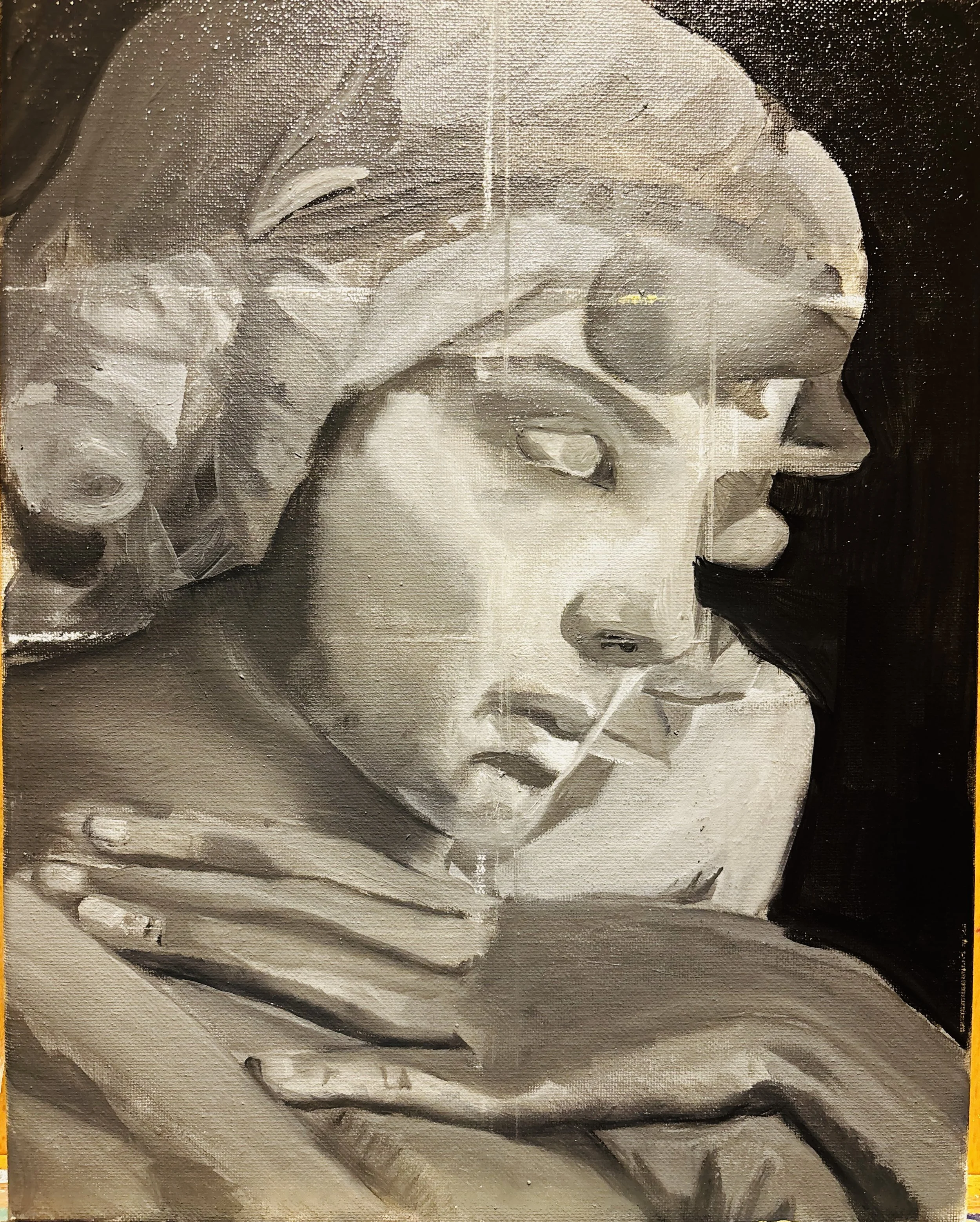
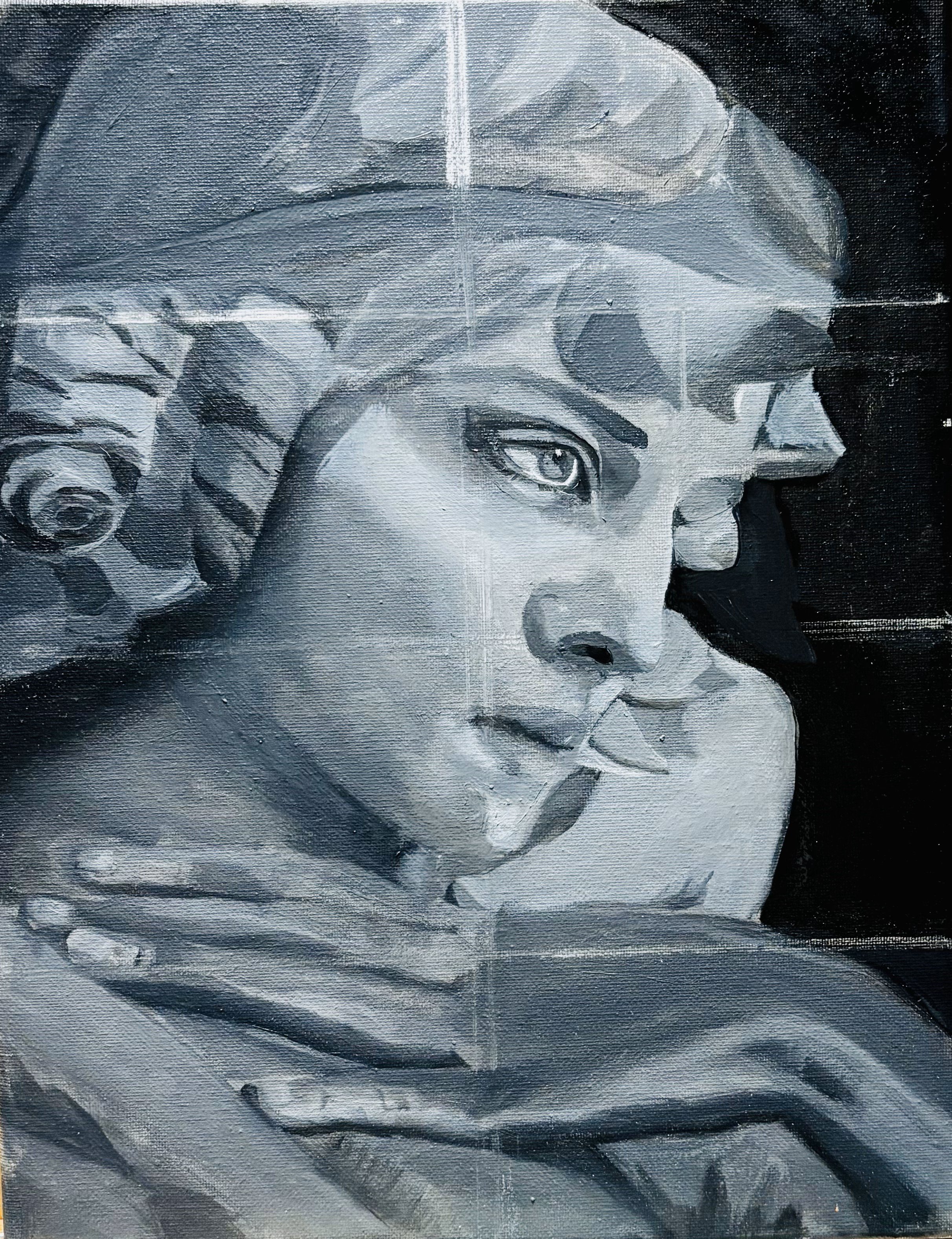
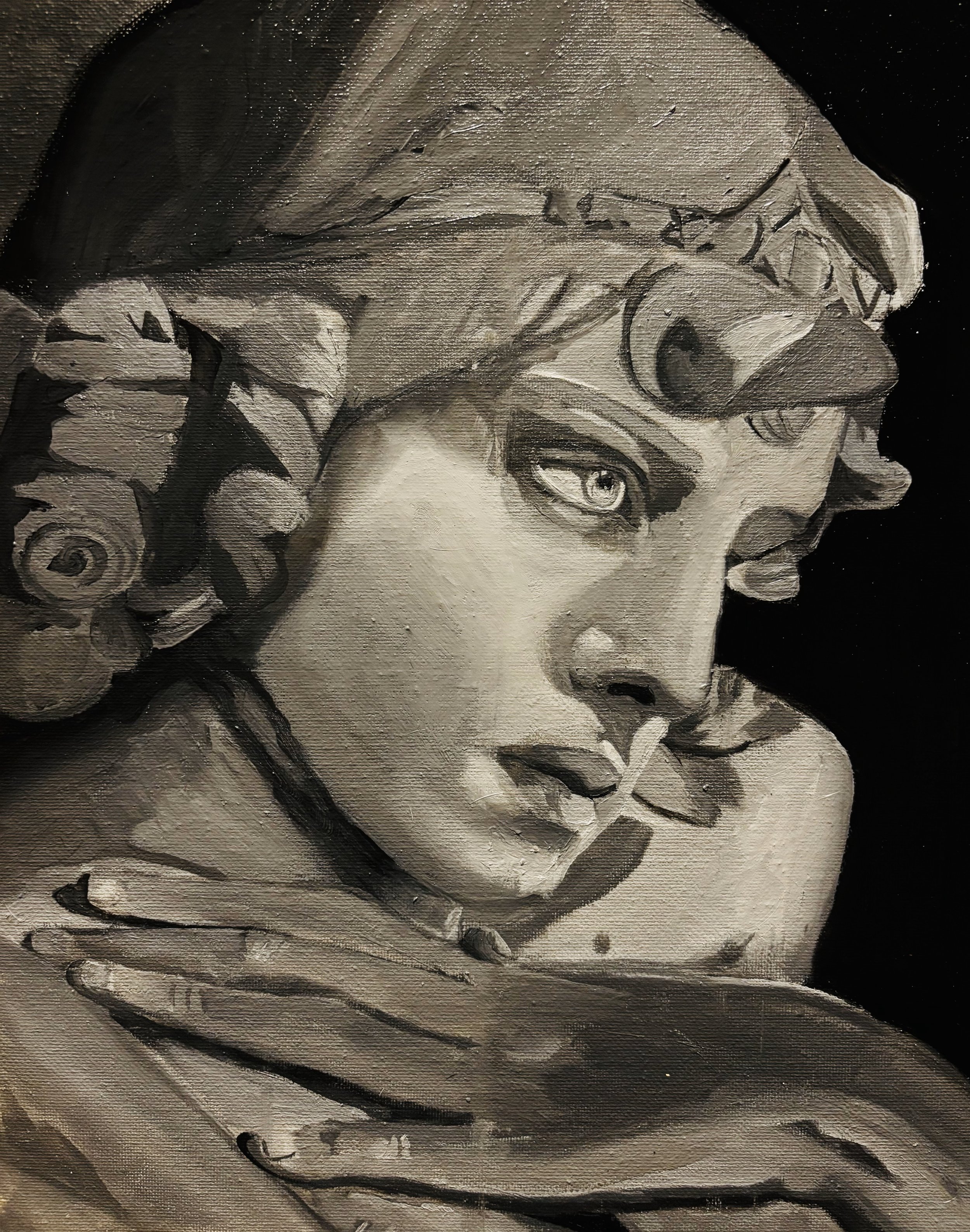
The Gali
The cult of Cybele, revered as Magna Mater, was an integral part of Roman society until the rise of Christianity transformed its landscape. Central to the cult's ceremonies was the dramatic procession of Cybele's statue through the streets, an event marked by the presence of the Galli, the cult's priests. These priests, distinguishable by their long hair and striking attire, engaged in ritualistic self-flagellation, using whips crafted from knuckle bones, creating an atmosphere of fervent devotion.
The Galli set themselves apart from the traditional Roman religious practices not only through their distinctive behaviours but also through their clothing. After undergoing a transformational initiation that included castration, the Galli adopted the garments and adornments of Roman women, embodying a radical departure from the masculine norms of Roman civic religion. They often relied on the goodwill of women, exchanging their fortune-telling services for second-hand clothing and other items, which further intertwined their existence with the everyday lives of Roman citizens.
At the helm of the Galli was the Archigallus, a figure of considerable importance within the cult. The intricately carved funerary monuments dedicated to him, discovered in and around Rome, attest to his elevated status and the significant role he played in the cult’s rituals. Initially, the cult's priesthood was gated, restricting Roman citizens from serving as priests. However, as the cult evolved over its lifetime, changes in this policy may have occurred, reflecting the dynamic nature of Roman religious life.
The cult of Cybele represents a fascinating intersection of identity, devotion, and cultural significance in ancient Rome, highlighting the complex tapestry of beliefs that coexisted in this storied civilization.
